15 On-Screen Style Icons of the 1970s
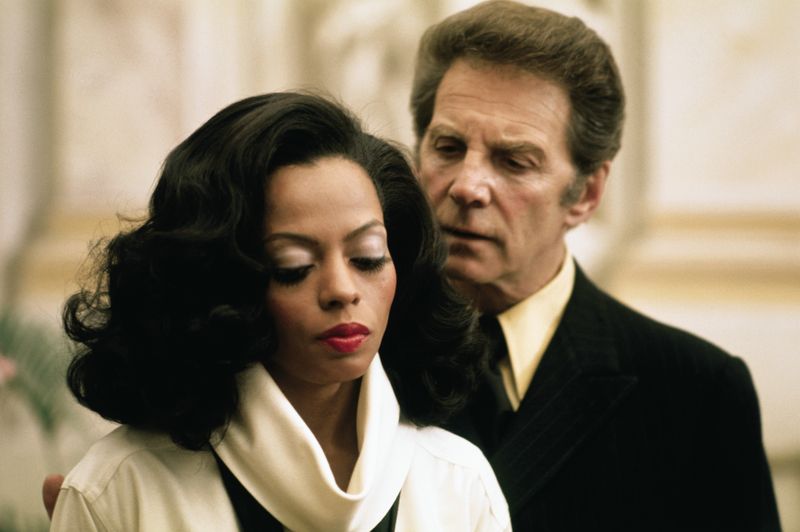
The 1970s brought us some of the most unforgettable fashion moments in film and television history. From disco suits to space princess gowns, these characters didn’t just star in great productions—they created style movements that people still reference today. Their looks defined an era of bold experimentation, where fashion boundaries were pushed in ways that continue to influence designers and everyday style choices decades later.
1. Annie Hall (1977) – Diane Keaton
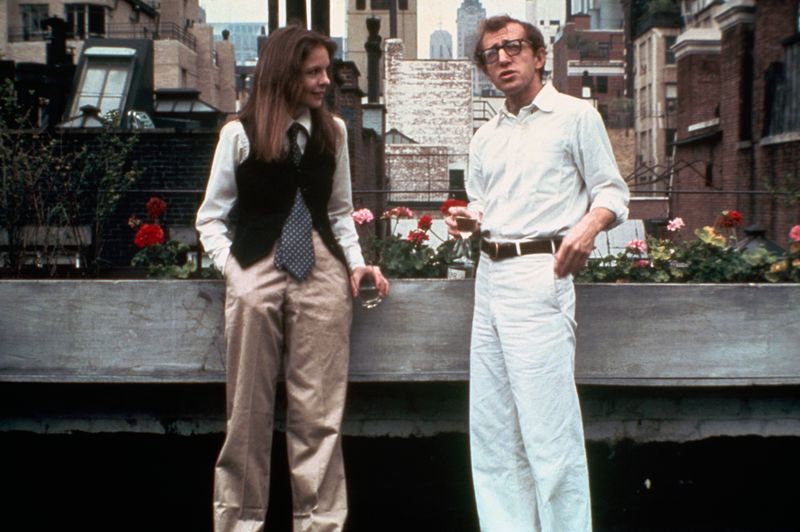
Diane Keaton’s character revolutionized women’s fashion by boldly borrowing from the men’s department. Her oversized shirts, wide ties, vests, and high-waisted trousers created a look that was both eccentric and effortlessly cool.
What made Annie Hall’s style so groundbreaking was how it challenged gender norms while maintaining an air of quirky femininity. Women everywhere suddenly wanted to raid their boyfriends’ closets after seeing the film.
The impact was so profound that “Annie Hall style” became shorthand for a certain kind of intellectual, androgynous chic that remains influential in fashion today. Even modern designers regularly reference this iconic character when creating collections that play with masculine/feminine boundaries.
2. Tony Manero (1977) – John Travolta
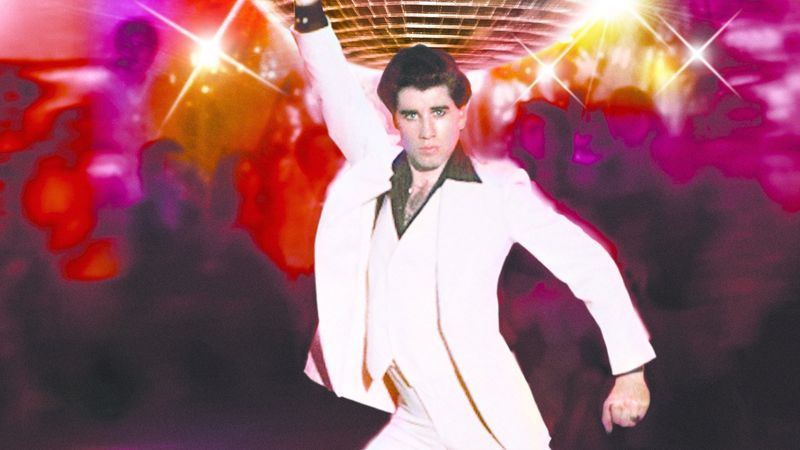
The moment John Travolta strutted down the Brooklyn street to the Bee Gees’ “Stayin’ Alive,” the white three-piece suit became legendary. His character’s carefully curated disco look—complete with Cuban-heeled boots and gold chains—captured the essence of nightlife glamour.
What’s fascinating about Tony’s style was how it represented escape for working-class youth. By day, he was just another paint store employee; by night, transformed into a dance floor king.
The suit itself, with its flared pants and fitted vest, became so iconic that it’s now housed in the Smithsonian Museum. Even people who’ve never seen the film instantly recognize the silhouette that defined disco culture and made polyester surprisingly attractive.
3. Rocky Balboa (1976) – Sylvester Stallone
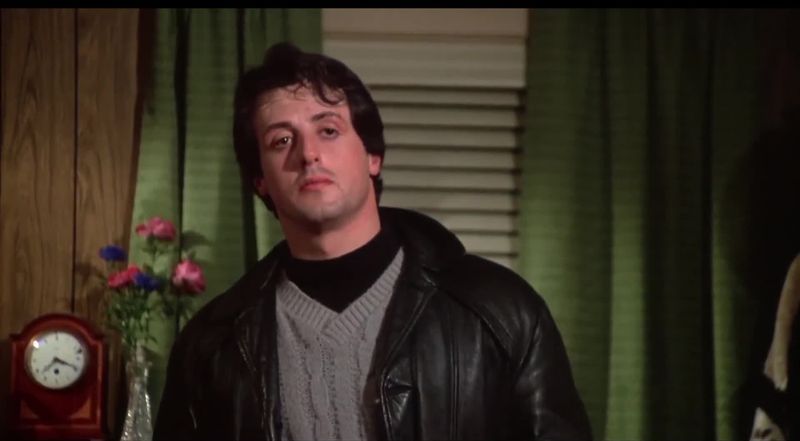
Before Rocky became a boxing legend, his street style captured the essence of 1970s working-class Philadelphia. The character’s signature look—a leather jacket paired with a porkpie hat, fingerless gloves, and that unforgettable gray sweatsuit—embodied urban grit and underdog determination.
Rocky’s wardrobe wasn’t flashy; it was functional, mirroring his humble beginnings and no-nonsense personality. When he ran up those museum steps in his sweatsuit and Converse sneakers, he created a visual that transcended the film itself.
Men everywhere began adopting elements of this straightforward, masculine aesthetic. The beauty of Rocky’s style was its accessibility—anyone could look tough yet vulnerable in a well-worn leather jacket and a simple knit cap pulled down over the ears.
4. Foxy Brown (1974) – Pam Grier
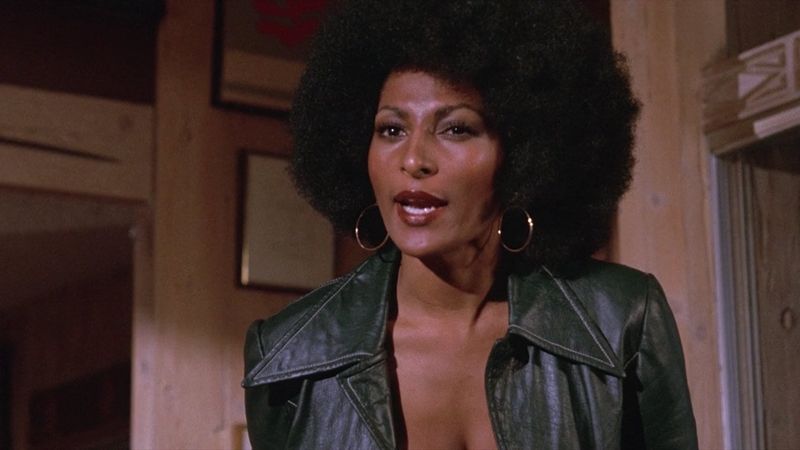
Pam Grier burst onto screens as a fashion revolutionary, her character’s wardrobe as powerful as her personality. Foxy’s style arsenal included form-fitting jumpsuits, halter tops that defied gravity, and an impressive collection of statement accessories—oversized hoop earrings, platform shoes, and head-turning afros.
Her wardrobe wasn’t just fashionable; it was weaponized femininity. Those tight-fitting clothes concealed weapons while celebrating every curve, making a bold statement about Black female power during a pivotal cultural moment.
The color palette was pure 70s—earth tones mixed with vibrant patterns that popped on screen. Fashion historians credit Grier with popularizing the “Afrocentric chic” aesthetic that influenced everything from runway collections to everyday street style, creating a visual language of empowerment that still resonates.
5. Travis Bickle (1976) – Robert De Niro
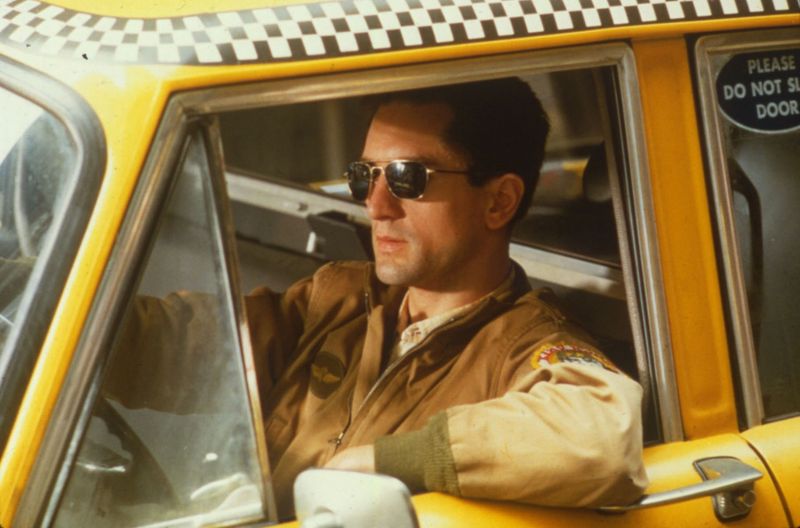
His transformation from disheveled cabbie in army jacket and plaid shirts to mohawked vigilante became a masterclass in character development through clothing.
The genius of Travis Bickle’s look was its authenticity—military surplus jackets with jeans wasn’t a “style” but a reality for many veterans. His aviator sunglasses, initially worn to appear normal, became increasingly menacing as his mental state deteriorated.
Martin Scorsese and costume designer Ruth Morley created a character whose clothing choices reflected his isolation and unraveling psyche. The final mohawk and bloodstained army jacket created such a powerful visual that it’s referenced in fashion and film decades later, showing how anti-style becomes style itself.
6. Katie Morosky (1973) – Barbra Streisand
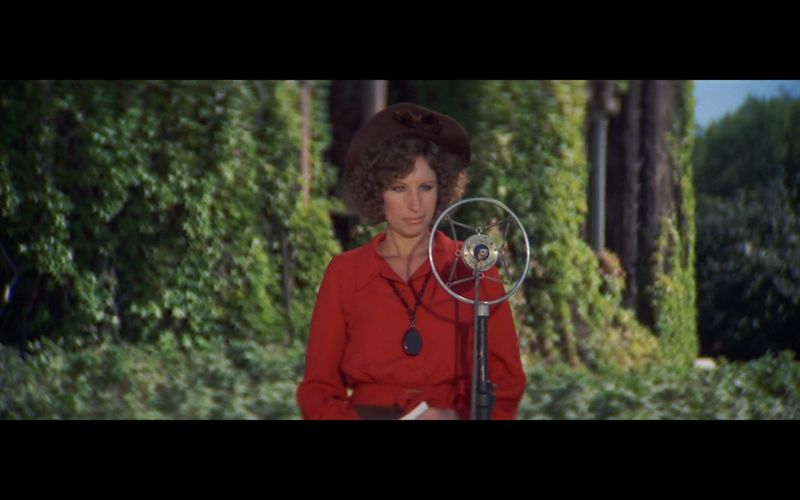
Barbra Streisand’s political activist character Katie brought intellectual chic to mainstream audiences through her signature turtlenecks, tailored coats, and perfectly coordinated separates. Her wardrobe evolved beautifully throughout the film, reflecting her journey from campus radical to sophisticated professional.
Katie’s early scenes featured collegiate classics—corduroy, tweeds, and those iconic oversized glasses that framed her passionate expressions. The warm autumn palette of browns, rusts, and deep reds complemented Streisand’s coloring while signaling her character’s earnestness.
Costume designer Dorothy Jeakins created looks that balanced Katie’s serious nature with an understated femininity. The character’s influence extended beyond the screen, inspiring a generation of women to embrace comfortable yet polished academic style—proving that intellectual women could be fashion icons too.
7. Jenny Cavilleri (1970) – Ali MacGraw
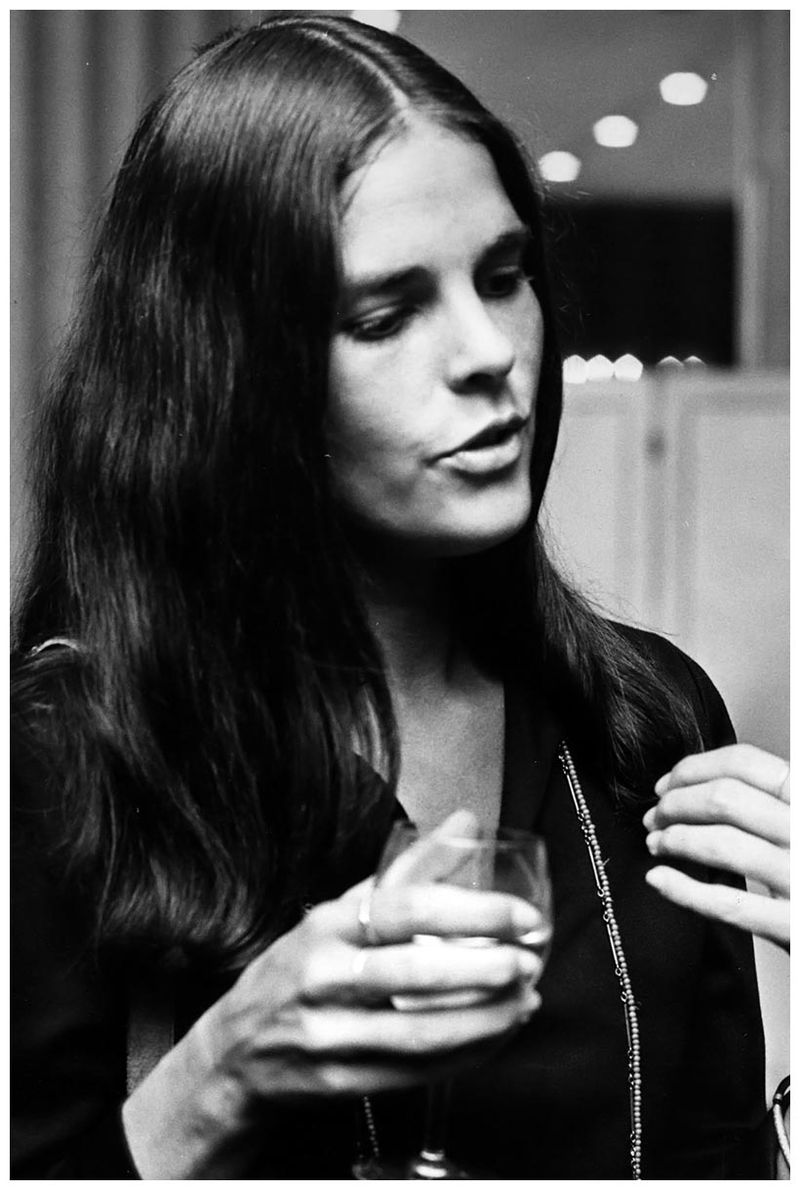
As Jenny, Ali MacGraw embodied a fresh, youthful elegance that defined early ’70s style. Her wardrobe reflected a balance of Ivy League preppiness and bohemian ease—camel coats, plaid skirts, knitted caps, and soft turtlenecks created a look that was both classic and approachable.
The simplicity of her clothing highlighted an effortless beauty, making her a relatable yet aspirational fashion figure. Jenny’s style resonated because it felt authentic: understated, practical, and romantic all at once.
The “collegiate chic” aesthetic she popularized became a cultural touchstone, inspiring an entire generation to embrace pared-back sophistication as the ultimate expression of cool.
8. Tracy Chambers (1975) – Diana Ross
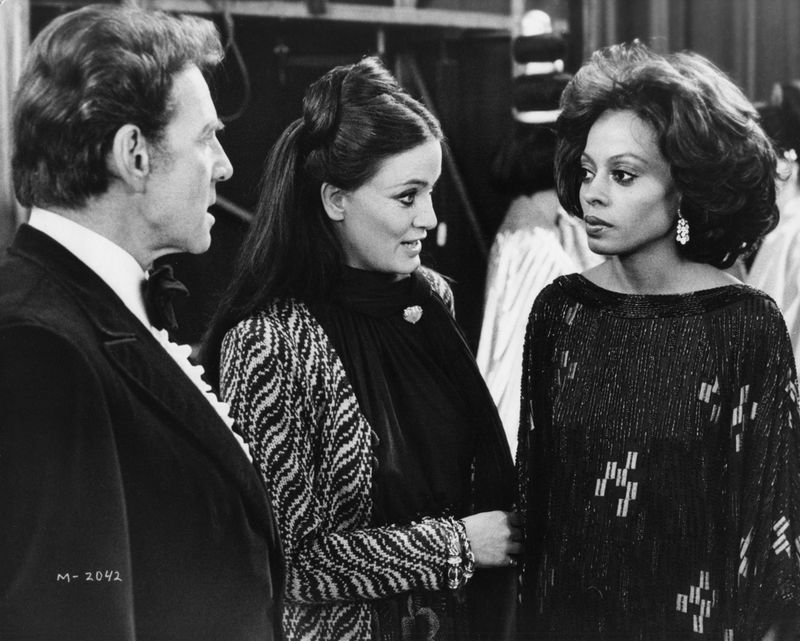
As Tracy transforms from department store clerk to high-fashion model, her wardrobe evolves from modest work clothes to spectacular designer creations.
Ross herself designed many of the film’s most memorable looks, including sequined gowns and dramatic capes that showcased her statuesque frame. The fashion show sequences featured boundary-pushing designs that mixed cultural influences with futuristic elements—hallmarks of 70s experimental fashion.
What made Tracy’s style so influential was how it celebrated Black beauty in the high-fashion world. Her colorful turbans, statement jewelry, and flowing maxi dresses inspired women to embrace bold self-expression through clothing, while her sleek evening wear demonstrated sophisticated glamour that transcended trends.
9. Luke Skywalker (1977) – Mark Hamill
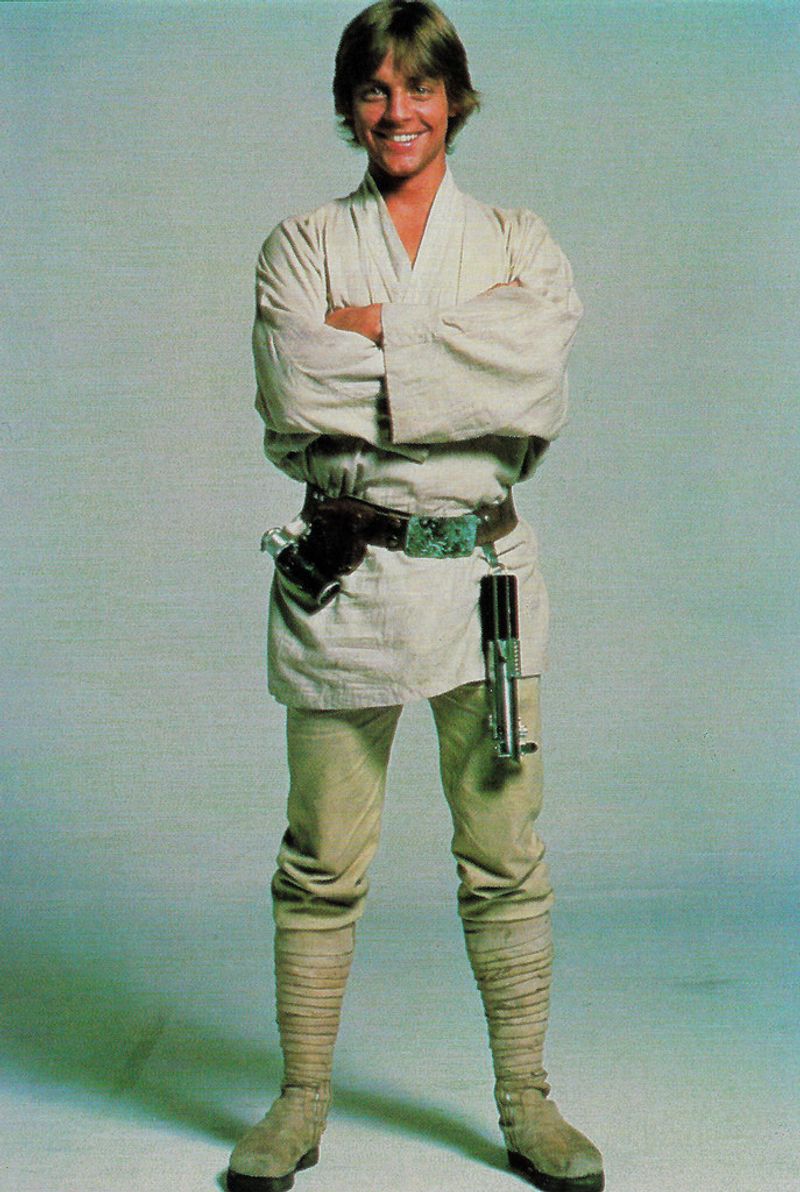
Farm boy turned Jedi knight created one of sci-fi’s most influential looks. His Tatooine outfit—a simple off-white tunic, tan pants, and utility belt—brilliantly blended practicality with otherworldliness, creating a space style that felt both alien and relatable.
Costume designer John Mollo drew inspiration from multiple Earth cultures, incorporating Japanese and medieval European elements into Luke’s wardrobe. As the character evolved, so did his clothing—from desert-appropriate layers to the darker, more fitted ensemble that signaled his growing maturity and power.
The genius of Luke’s style was how it created a lived-in future aesthetic. Unlike the pristine spandex of earlier sci-fi, his clothes looked worn and functional, establishing a visual language for “used future” fashion that influenced generations of film and streetwear designers alike.
10. Michael Corleone (1974) – Al Pacino
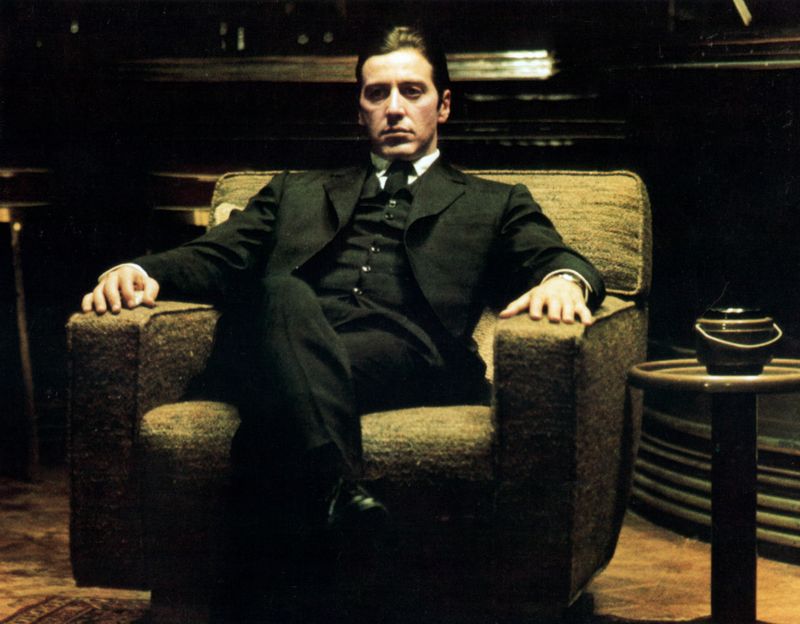
The Godfather Part II showcased Michael’s calculated style—impeccably tailored three-piece suits in dark, somber tones that projected power while revealing nothing of the man within.
Costume designer Theadora Van Runkle created a visual evolution from Part I, where Michael’s suits became increasingly formal and European-influenced. The crisp white shirts, perfectly dimpled ties, and precise pocket squares weren’t just clothing but armor for a man becoming increasingly isolated.
What made Michael’s style so influential was its restrained elegance. In an era of wide lapels and flashy patterns, his understated power dressing created a template for masculine authority that still influences menswear. The way he wore his suits—with quiet confidence and perfect fit—taught a generation that true style speaks in whispers, not shouts.
11. Princess Leia (1977) – Carrie Fisher
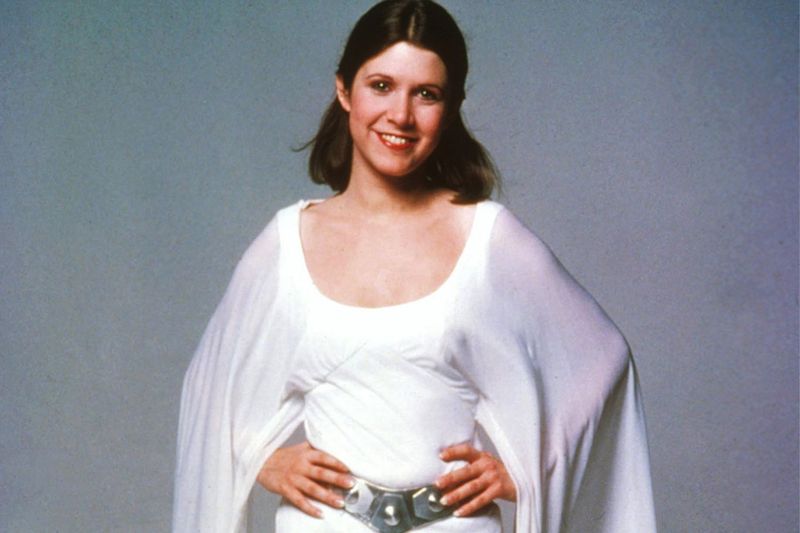
Carrie Fisher’s space princess created one of cinema’s most instantly recognizable silhouettes. Her flowing white gown with its high neck and hood presented a vision of feminine strength that rejected typical sci-fi female costuming, while those iconic side buns created a hairstyle that’s still immediately identifiable decades later.
Designer John Mollo created Leia’s look to be practical yet regal—a warrior princess who could fight alongside the rebels while maintaining her royal dignity. The simplicity of the white dress created a striking visual contrast to the dark corridors of the Death Star.
Beyond the white gown, Leia’s Hoth snowsuit and Endor combat outfit showed how functional clothing could remain distinctly feminine without being sexualized. Her style represented a new kind of female action hero whose fashion choices emphasized capability rather than curves.
12. Coffy (1973) – Pam Grier
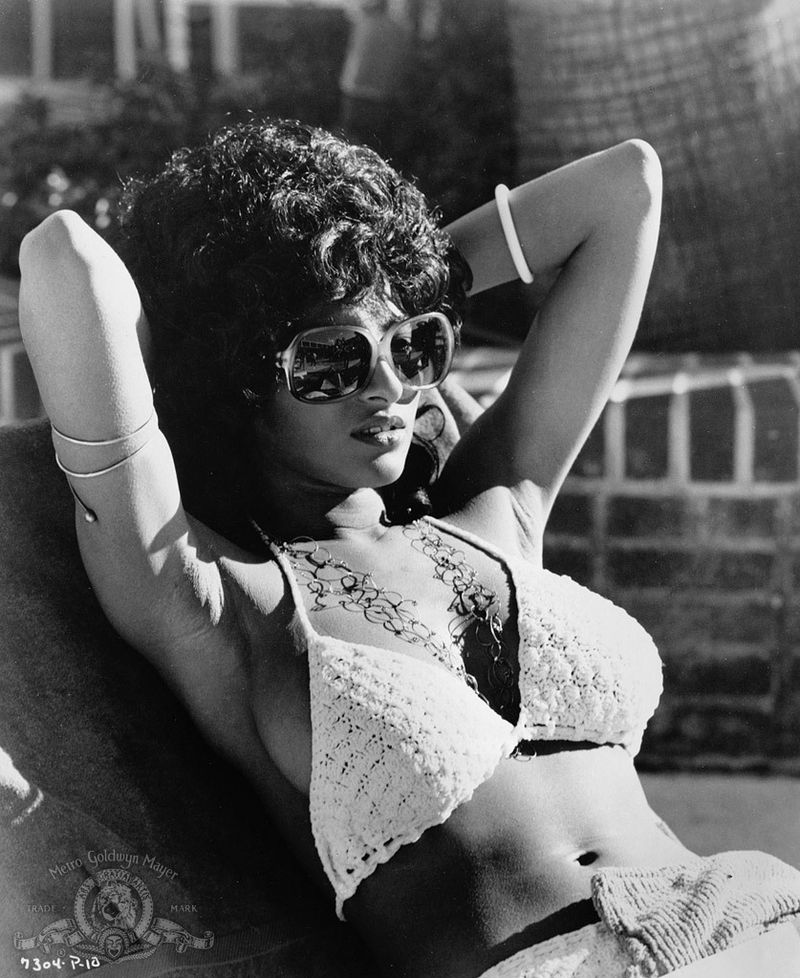
The nurse-turned-vigilante brought explosive style to the revenge genre. Coffy’s wardrobe served dual purposes—disarming her targets with plunging necklines and bold prints while concealing the weapons she’d use to avenge her sister.
Her style evolution throughout the film was masterful—from sophisticated jumpsuits to undercover disguises, each look incorporated signature 70s elements like platform shoes, oversized sunglasses, and statement jewelry. The costume department created outfits that celebrated Grier’s physical presence while emphasizing her character’s resourcefulness.
What made Coffy’s fashion so revolutionary was how it reclaimed hypersexualized Black female imagery for empowerment. Those afros, hoops, and form-fitting clothes weren’t just fashion statements but declarations of agency in a genre previously dominated by white male heroes. Her influence extended beyond film into music, fashion, and feminist iconography.
13. Janet Weiss (1975) – Susan Sarandon
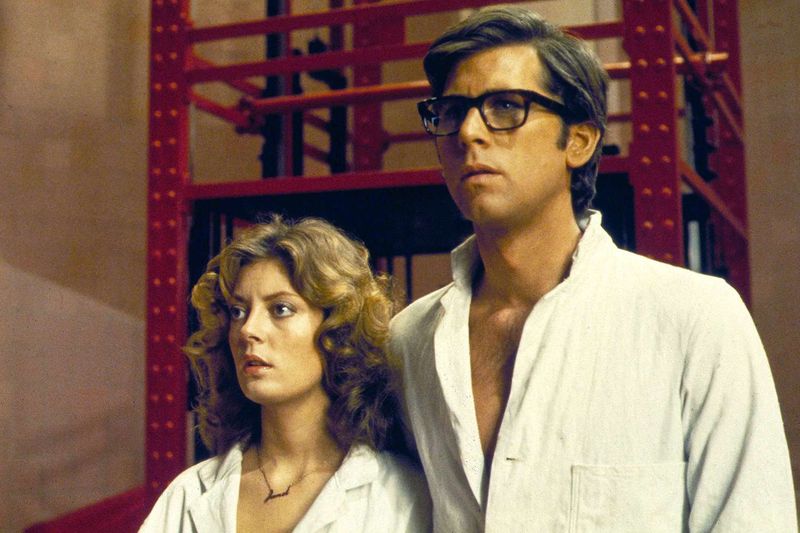
Susan Sarandon’s Janet embodied one of cinema’s most dramatic style transformations. Her journey from buttoned-up pastel sweater sets and practical penny loafers to ripped stockings and a corset became a visual metaphor for sexual awakening and liberation from conventional constraints.
The genius of Janet’s character design was how costume designer Sue Blane established her initial wholesome appearance—the blue dress, white cardigan, and sensible hairdo of Middle America—making her transformation all the more shocking. The famous scene where Frank-N-Furter strips away these layers revealed both vulnerability and potential.
Janet’s torn slip dress and smudged makeup in the film’s latter half represented a woman whose neat categories had been gloriously disrupted. This before-and-after contrast made her one of the decade’s most influential style icons, inspiring countless Halloween costumes and representing the era’s sexual revolution in fabric form.
14. Evelyn Mulwray (1974) – Faye Dunaway
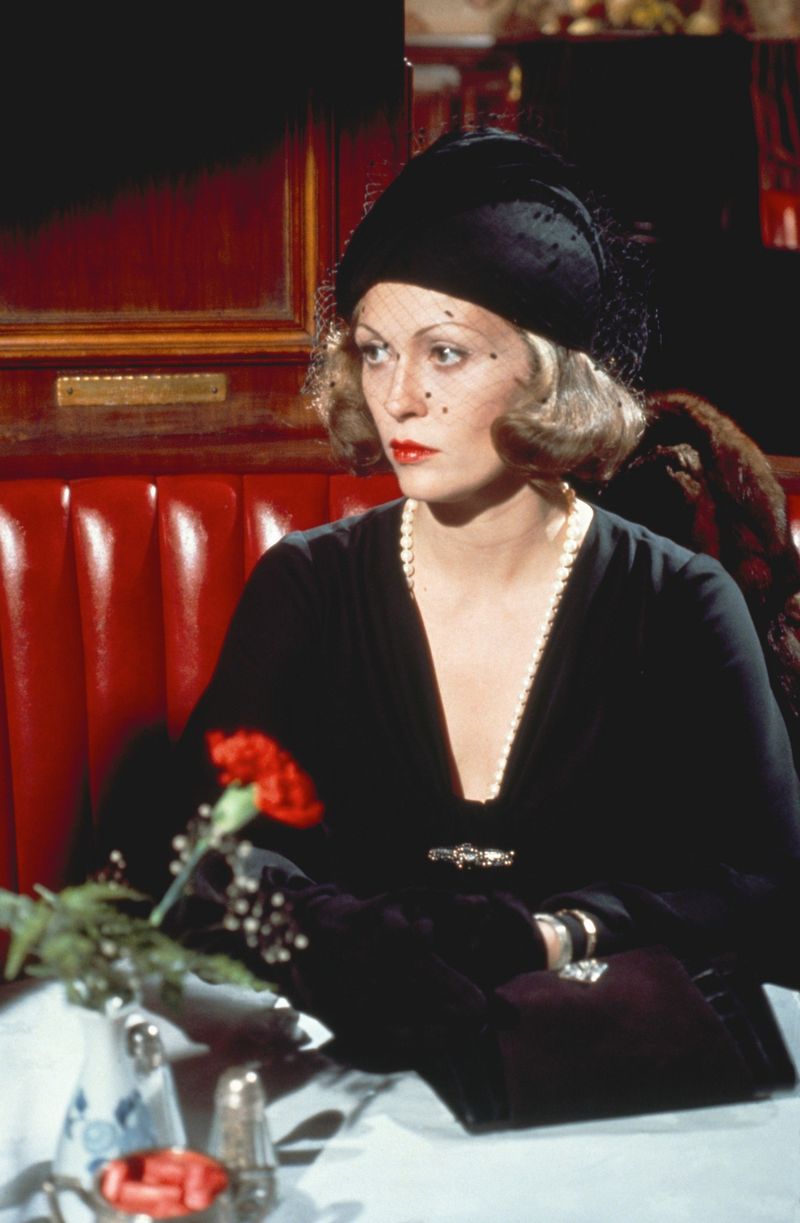
She brought neo-noir elegance to sun-drenched Los Angeles through her portrayal of mysterious widow Evelyn Mulwray. Her wardrobe of crisp linen suits, silk blouses, and perfectly structured hats created a distinctly 1930s silhouette that still managed to feel relevant to 1970s audiences.
Costume designer Anthea Sylbert created looks that revealed Evelyn’s character gradually—initially presenting her in pristine whites and creams that suggested innocence, then introducing darker tones as her complicated story unfolded. The tailoring was impeccable, with high-waisted skirts and shoulder pads creating a powerful feminine silhouette.
What made Evelyn’s style so influential was how it revived interest in vintage fashion and demonstrated how period costuming could feel fresh rather than costumey. Her wide-brimmed hats, red lipstick, and structured handbags inspired designers to look backward for forward-thinking fashion ideas.
15. Bree Daniels (1971) – Jane Fonda
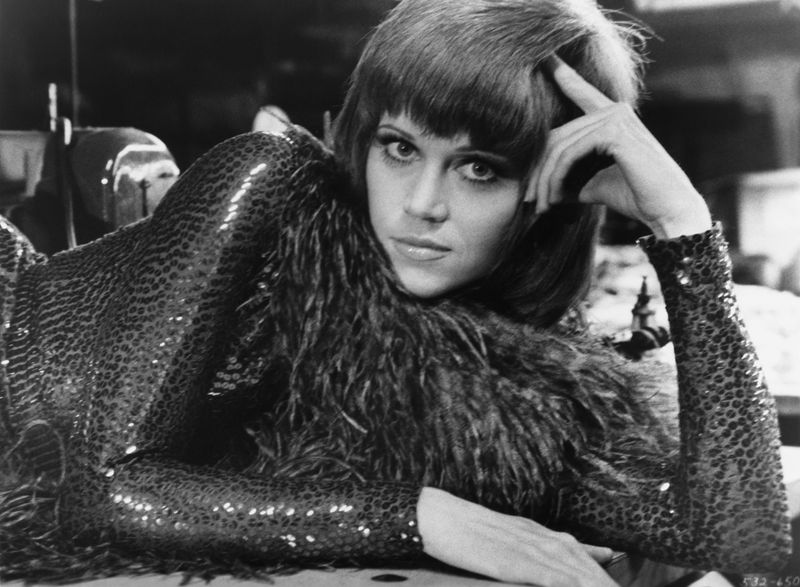
Fonda’s call girl character introduced the world to a new kind of urban sophistication. Her signature shag haircut, created by stylist Paul McGregor specifically for this role, launched thousands of salon appointments as women everywhere rushed to copy the textured, face-framing cut.
Bree’s wardrobe—a masterful mix of high and low pieces—captured the essence of early 70s New York City style. The trench coats, knee-high boots, and turtleneck sweaters created a look that was both practical for city life and suggestive of her character’s complex nature.
What made her style so influential was how it presented a sexually liberated woman who dressed for herself rather than the male gaze. Costume designer Ann Roth created looks that emphasized Fonda’s long legs and athletic frame while maintaining an air of mystery and self-possession that influenced women’s fashion for years to come.

Comments
Loading…